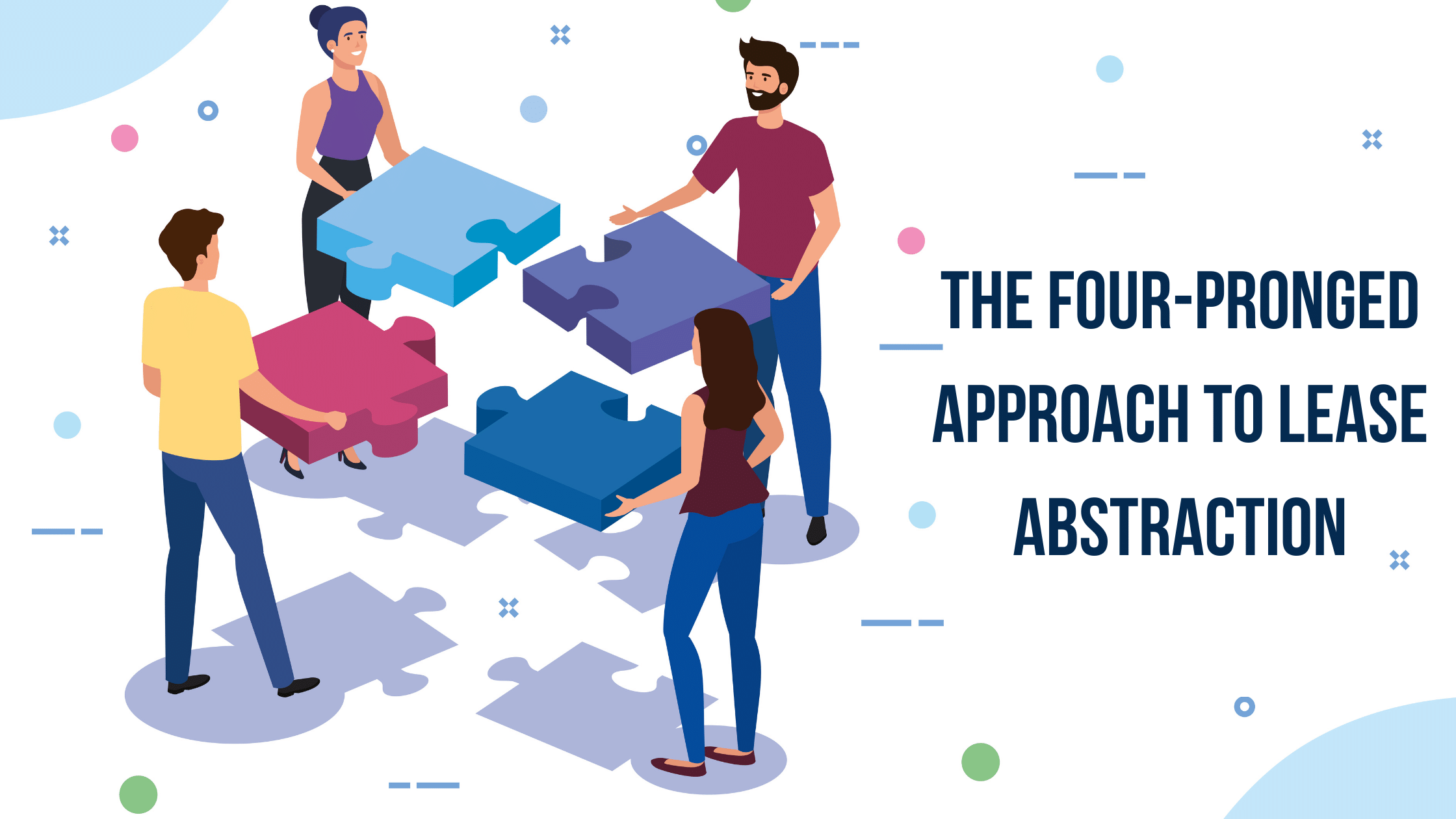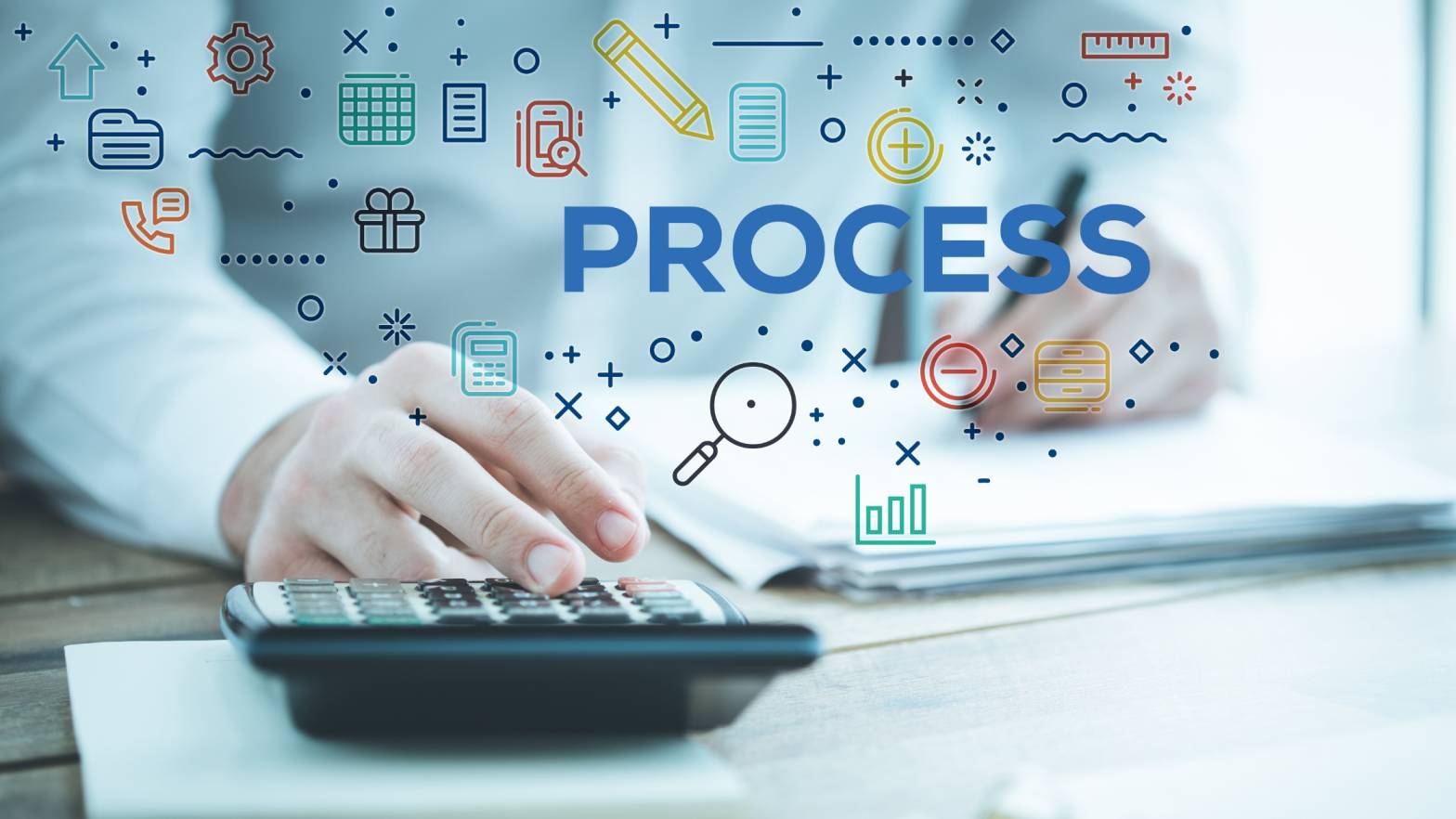Common area maintenance (CAM) charges are the tenant’s share of expenses that they owe the landlord. CAM charges are paid by tenants to reimburse the landlord for expenses incurred by them for
- Maintaining common spaces such as elevators, lobbies, stairwells, parking, etc.
- Services that benefit all tenants such as snow removal, trash removal, security, etc.
CAM charges are divided among all tenants based on their pro-rata share, which is calculated based on the area leased by the tenant. A tenant with a larger leased area will pay a greater percentage share of CAM expenses than one with a smaller area.
Budgeting in CAM
In order to help tenants and landlords plan better and ensure no single party has to bear the load of sudden, unforeseen large expense in the form of CAM charges, landlords resort to budgeting. Budgeting for CAM involves estimating the CAM expenses for the year for the entire property, computing each tenant’s share of expenses based on the estimate and sharing that with them so they can prepare for the expenses and also make payments to the landlord as stipulated in the lease. The CAM expense budget is usually prepared based on the previous year’s actual expenses incurred. At the end of the year, the estimates are verified against the actual expenses incurred by the Landlord and invoices are raised to the tenant for any additional charges that need to be paid. Similarly, in the event of any overpayment, the same is credited back to the tenant.
This is where CAM reconciliation enters the picture. Tenants don’t have to simply take the landlord’s word for it. They have every right to verify if the landlord’s computation of CAM expenses is accurate. In fact, they should, because the onus of proving otherwise is on the tenant. Retail tenants with a significant number of leases can save a significant amount of money through CAM reconciliation alone. The challenge? CAM Reconciliation has to be done within the stipulated time frame in the lease, which usually varies between a month to three months. However, this is not something tenants can let slide because it has far-reaching implications. For example, in the case of leases where CAM expense hikes or rent increases are calculated based on the previous year’s share, any error in CAM computation can embed itself in the lease affecting pushing the overall lease cost high, impacting the lease ROI negatively in the long run.
CAM overpayments are not uncommon–especially in the case of retail tenants because their lease portfolio is usually quite large. Keeping track of their lease expenses across hundreds or even thousands of leases spanning across multiple locations is tricky. Even if you invest in a good lease portfolio management system or lease administration software, there’s a considerable amount of human effort involved, which makes it challenging to identify overcharges and bring them to the landlord’s notice for rectification. Because CAM reconciliation is an annual exercise, it makes sense to outsource it to a trusted lease administration service provider who can handle the entire process, right from scrutinizing the invoices raised by the landlord, recomputing the tenant’s pro-rata share of the expenses to co-ordinating with the landlord’s lease administration team in the event of any discrepancies or need for further clarification.
Rebolease.com, powered by RE BackOffice, Inc., is a premier provider of lease abstraction, administration, audit and accounting services. Headquartered in Pittsburgh, PA, we are a global boutique firm, providing high-quality services to top-tier clients across industry verticals, covering every type of lease and on any lease platform. We are proud to be a trusted partner, for 15+ years, to leading retailers, REITs, property owners/managers, and corporate accounts seeking a strategic advantage. All client projects are performed in-house.







